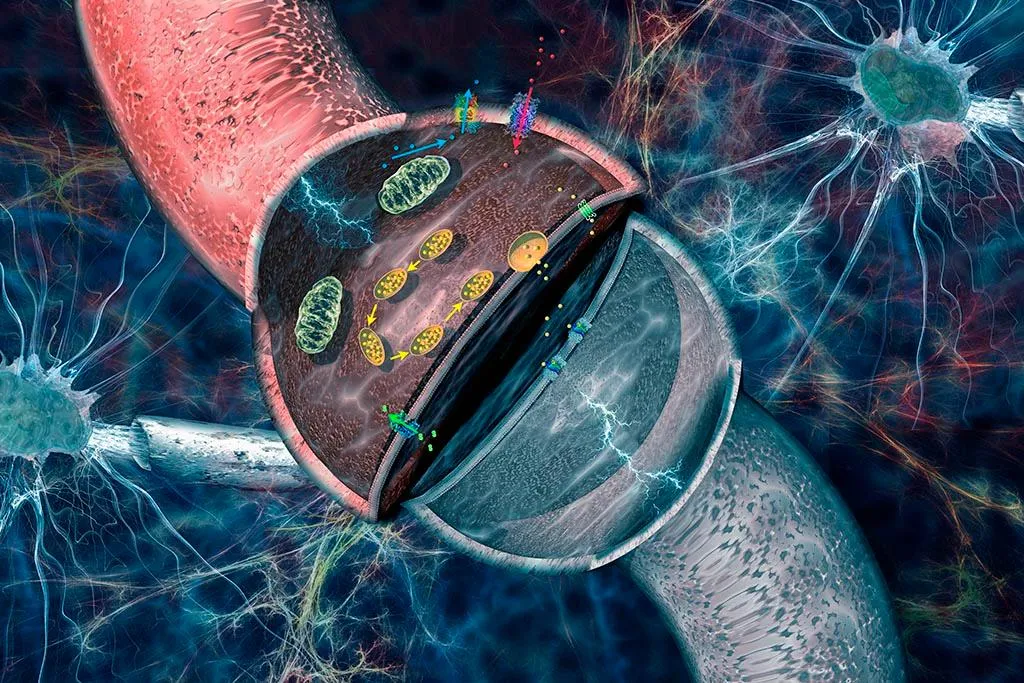No, “Bath Salts” Won’t Turn You Into a Cannibal
But now we have a better idea what the latest generation of the drugs is really doing to your brain
/https://tf-cmsv2-smithsonianmag-media.s3.amazonaws.com/filer/38/78/3878dcc7-d68f-463b-99be-f8252f9419a1/42-37126463edit.jpg)
Bath salts are back. Or rather, bath salts never really left. While the original psychoactive drugs have fallen from headlines as they have fallen from use, new versions have turned up on street corners across the United States. Examinations of rodents on these next-generation bath salts suggest that they are potentially just as potent and addictive as the original—but they still won’t make you crave human flesh with a nice Chianti.
Not meant for tub use, “bath salts” originally referred to powder mixtures that, when injected, snorted, swallowed or even smoked, produced similar effects to ecstasy or meth. The original drugs probably contained a hodgepodge of ingredients, from a sprinkling of synthetic marijuana (which is actually a lot more dangerous than real pot) to asthma medicine. However, the primary ingredients were synthetic compounds called cathinones derived from the khat plant (Catha edulis), which is known for its mild stimulant effects.
When they first appeared in gas stations and in the street drug market in late 2010, bath salts quickly became the freaky drug of the month and began making headlines—famously, in 2012 a man tried to eat another man’s face, and police thought bath salts might be the culprit. However, the hungry gentleman in question did not have any evidence of bath salts in his system, so the cannibal instinct was likely driven by something else, such as an adverse reaction to another drug or a psychological issue.
“Nevertheless, bath salts are still often associated with cannibalism and the zombie apocalypse,” says Michael Baumann, a neurobiologist who heads the Designer Drug Research Unit at the National Institute on Drug Abuse in Baltimore. While bath salt use has dropped since a huge spike 2011, scientists are still trying to figure out how the drugs work and the dangers they pose, while authorities race to keep up with emerging varieties.
Work presented this week at the Society for Neuroscience’s annual meeting in Washington, DC, confirms that a bath-salt high comes down to a neurotransmitter chemical called dopamine. Under normal conditions, nerve cells release dopamine when we eat a piece of cake or have sex, giving us feelings of pleasure and reward in the brain. The feeling fades, as the nerve cell reuptakes dopamine. Messing with this process can drive addiction. Cathinones called mephedrone and methylone function like ecstasy, which makes nerve cells release more dopamine. At the same time, another bath salts ingredient called methylenedioxypyrovalerone (MDPV) acts like cocaine and blocks the reuptake of dopamine and the neurotransmitter called norepinephrine, leaving them to freely circulate in the space between nerve cells. By itself, MDPV is about 10 times more potent than cocaine.

When the two types of cathinones act on nerve cells in synergy, users end up with a lot of dopamine in the space between cells. The excess dopamine starts a cascade of reward signals, while excess norepinephrine probably speeds up the heart rate. Users get a sense of altered consciousness and high energy, escalating to delirium and agitation after high doses or chronic use. The drugs have been linked to some utterly bizarre behavior, from demon baby paranoia to half-naked goat killings. Some users experience hyperthermia, cardiovascular problems and even death.
MDPV can also plug dopamine reuptake for a while, which is why users can still feel effects the next day. A separate study presented at this week’s meeting found that MDPV’s lingering impact messes with the brain’s connectivity networks, based on brain scans of mice dosed with the drug. If some parts of the brain can’t talk to other regions, that could account for some of the weirder stories linked to bath salt use.
The Drug Enforcement Administration banned MDPV and mephedrone in 2011, and in 2012 the federal government banned a host of other bath salt ingredients. So entrepreneurial chemists have designed alternatives to get around regulatory measures. By simply tweaking the chemical structure of MDPV, they’ve created a second generation of bath salts. “These substances are made by chemists who mine the medical and patent literature for structural templates,” says Baumann. One, alpha-PVP (also known as “gravel” or “flakka” in Miami), is currently seeing a mini-epidemic in South Florida, according to Baumann.
While some versions might produce slightly different effects, “the copycat drugs appear to be pretty similar, [probably] no better and no worse for you,” says Baumann, with the caveat that any conclusions about the new designer drugs are preliminary. In rat brain cell experiments, alpha-PVP and two other designer cathinones can completely block dopamine uptake, depending on the dose. In live mice, they stimulate a high degree of activity and agitation on par with MDPV. Previous studies point to MDPV being more addictive than meth. At the meeting, Lucas Watterson, a neuroscientist at Arizona State University, presented experiments in mice that suggest alpha-PVP and another designer cathinone called 4-MEC (nicknamed "shrimp") have similar addiction dangers.
In this way, bath salts illustrate a larger all-too-common cycle in the war on drugs: Authorities pick up on a new designer drug and ban it, only to encounter a chemical analog circulating months later. “There are literally hundreds of new synthetic drugs that are appearing on the scene,” says Baumann. In Europe, 243 new designer drugs have popped up since 2009, and for the U.S., that number is likely higher. This year, authorities instituted emergency regulation of some of the second-generation bath salts. But as the designer drug arms race continues, researchers expect that a new batch may soon take their place—if they haven’t already.
/https://tf-cmsv2-smithsonianmag-media.s3.amazonaws.com/accounts/headshot/Screen_Shot_2014-01-27_at_12.05.16_PM.png)
/https://tf-cmsv2-smithsonianmag-media.s3.amazonaws.com/accounts/headshot/Screen_Shot_2014-01-27_at_12.05.16_PM.png)